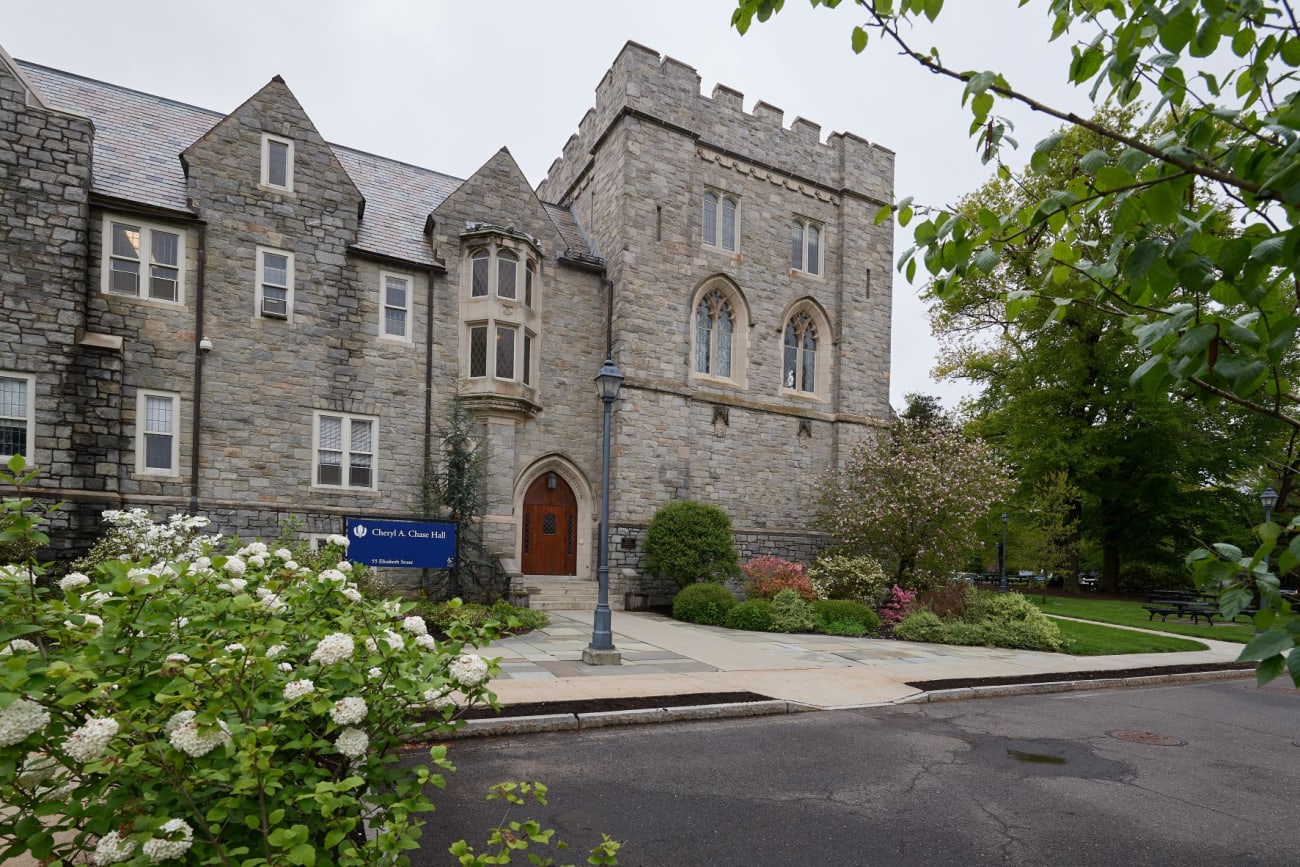The University of Connecticut School of Law is the top-ranked public law school in the Northeast, offering JD (Juris Doctor), LLM (Master of Laws), and SJD (Doctor of the Science of Laws) degrees. The JD program offers Day and Evening divisions, as well as 5 on-campus LLM programs and an Executive LLM in Seoul, Korea. The UConn School of Law is accredited by the American Bar Association and is a member of the Association of American Law Schools.
The 17-acre UConn Law campus, consisting of five Collegiate Gothic buildings in the West End of Hartford, is listed on the National Register of Historic Places. The five-story Thomas J. Meskill Law Library is one of the largest law libraries in the world. The campus lies 25 miles from the University's main campus in Storrs and just a few miles from the University's Hartford Campus, as well as the state Capitol, state courts, and the headquarters of leading insurance companies and other major corporations.
The faculty includes leading scholars, experienced practitioners, and internationally known experts in a wide range of fields. The school also draws dozens of adjunct faculty members from the judiciary, area corporations, and private practice. At 5:1, the student-faculty ratio is among the lowest in the nation, and academic offerings include more than 150 courses each calendar year. The law school also has 12 clinical programs and six field placement programs.
Big School Reputation, Small School Feel
Experience the best public law school in the Northeast, where the broad opportunities and flexibility of a large law school merge with the warmth and support of a small one. At UConn School of Law, a 5:1 student-faculty ratio and small classes foster individual attention from the faculty and cultivate engagement in the classroom, complementing a culture that emphasizes diversity and wellness. Students may design a unique and individual course of study from a wide array of courses and enrich it with certificates, clinics, and field placements to meet their own personal and professional goals. The powerful combination of UConn Law’s flexible curriculum and its commitment to each student’s well-being provides a dynamic education and a pathway to a successful and meaningful legal career.























